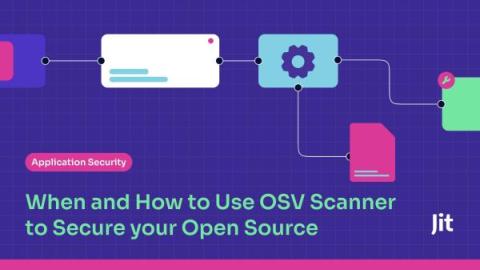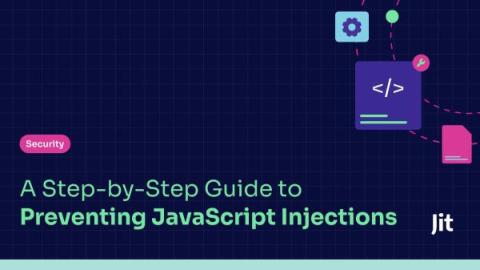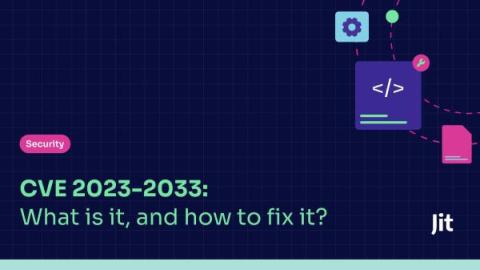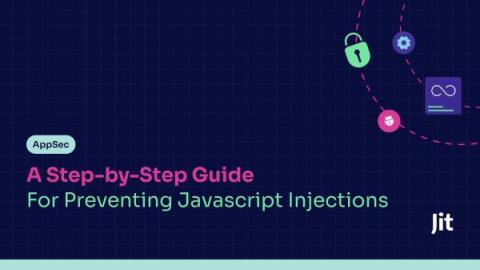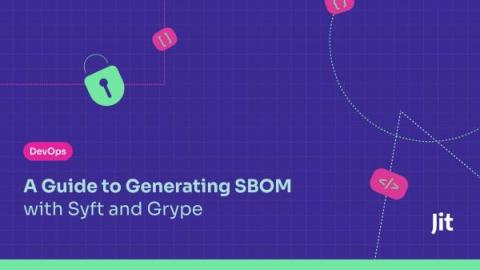When and How to Use OSV Scanner to Secure your Open Source
We recently wrote about npm audit fix, which is an add-on to the excellent npm audit, that has become a fundamental tool for managing software packages in Node.js projects. However, developers working with other languages also require specialized tools for Software Composition Analysis (SCA). At Jit, our tool of choice for SCA scanning across a diversity of programming languages is OSV Scanner, a best of breed OSS solution maintained by Google.


